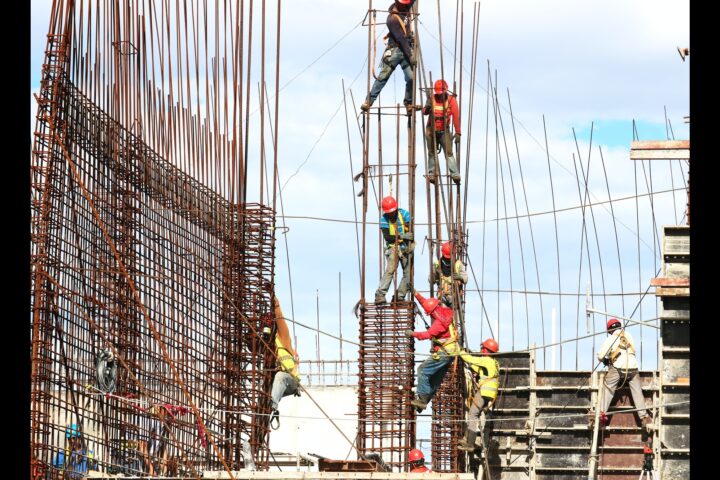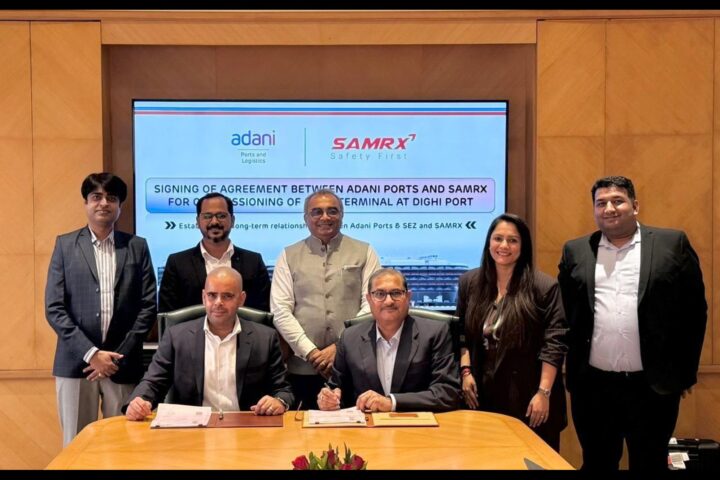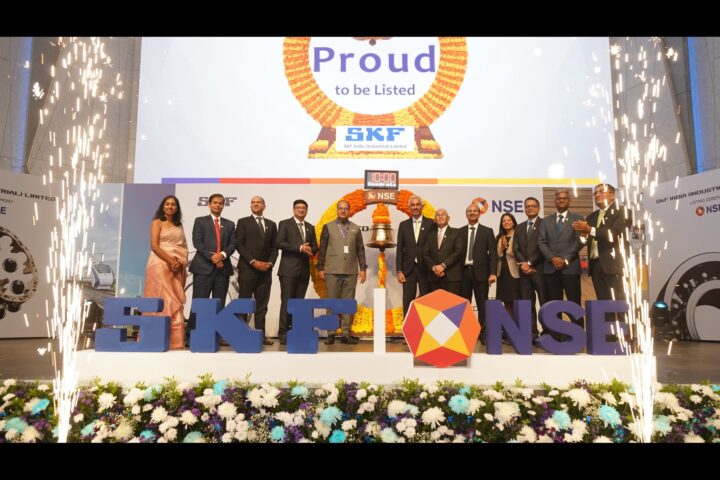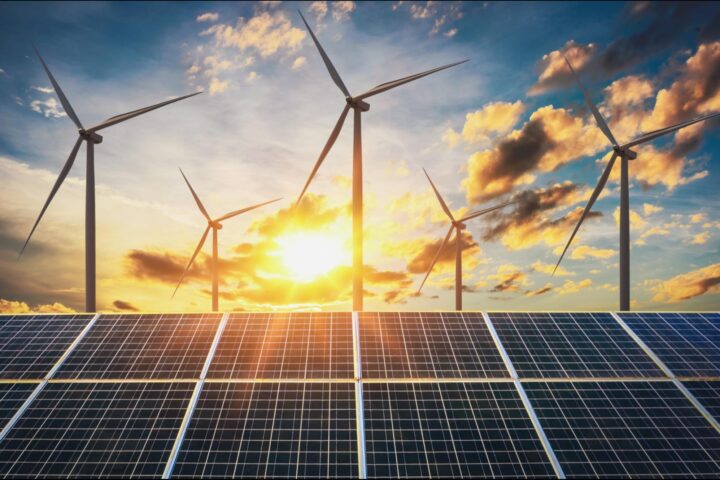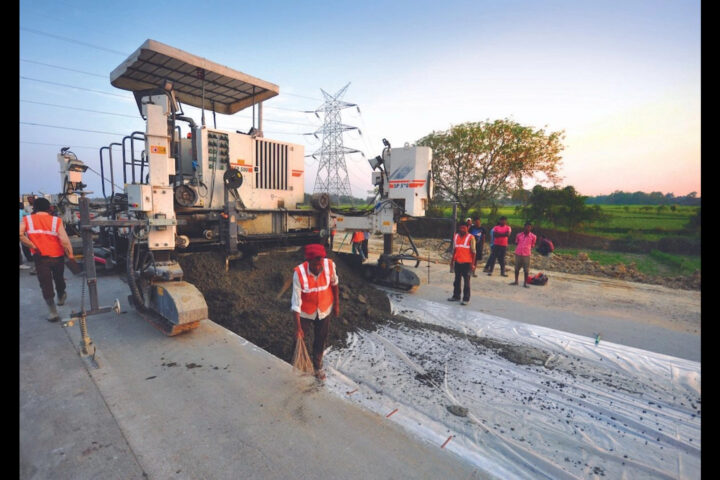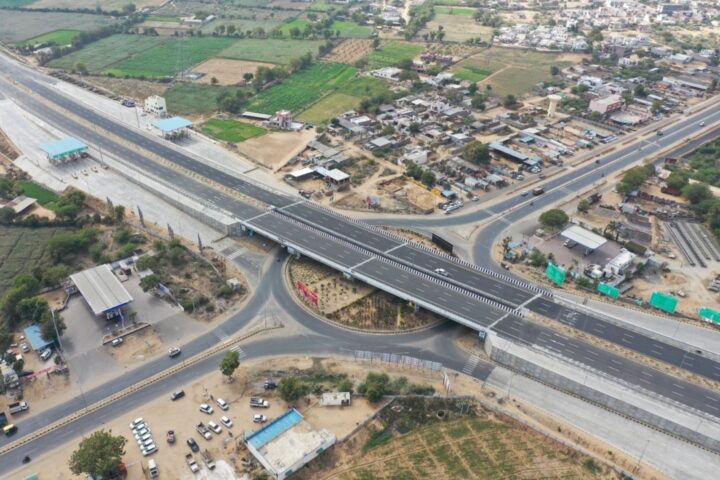The Budget has been introduced amid worries over subdued private demand and investment, less than a full recovery for the services sector, and overwhelmed inflationary expectations. When the privileged demand is subdued, employment and growth hinge on the public investment in job-creating infrastructure.
The 2022-23 budget has finely balanced supporting economic recovery with fiscal retreat. It boosts spending towards growth-oriented policies which will create jobs, boost manufacturing, help agri-economy & infrastructure creation. In short, a mix of short-term boost & long-term structural emphasis is the hallmark of this Budget. The budget is focused on a responsive approach to driving capital spending to drive growth in private investment through higher public spending. The fiscal deficit has been pegged at 6.4% of GDP for FY23 which is a tad higher than expected , however, I think it is perhaps prudent to have a milder budgetary consolidation at this nascent stage of recovery. While elevated market borrowings are likely to pressurize bond yields, the insertion of green bonds in the borrowing plan is an exciting innovation. In terms of specific policy statements, the move towards self-reliance through protection for domestic manufacturers aligns with the long-term goal of Atmanirbhar Bharat. Domestic manufacturers need to take this as an opportunity to digitize themselves and move from industrial automation to industrial autonomy (IA2IA).
The government’s thrust on PM GatiShakti plan to build world-class infrastructure and logistics with multi-mode transport is likely to give a boost to the consumer sector supply chain.
The budget reported Pharma as a growth sector that needs impetus on digitalization. The FM has put tremendous certainty and built up the Government's responsibility for the sector to drive development and open doors to pharma globalization opportunities. Adjusting to the vision of the climate, manageability, and administration, the area will aid the upscaling of reasonable turn of events, modernizing the country, and driving India on the way of AtmaNirbharta.
I am happy that the decision to create an open inclusive platform for the National Digital Health Ecosystem was announced in the budget. Certainly, the sector was overwhelmed post the pandemic. Amid the continuous COVID-19 pandemic and developing immunization prerequisites universally, the Indian pharma and clinical gadgets area that assumed a crucial part, has got prominence in the 2022 budget.
For the Pharma and healthcare industry, the goals are autonomous operations with minimum human intervention and intelligent manufacturing, driven by machine cognition. We at Yokogawa have empowered various pharma companies with industrial autonomy as they adapt to change. Time has come to move from industrial automation to industrial autonomy (IA2IA).
In the pharma industry, there is a huge scope of improvement, and it will take time to alter mindsets and embrace change. However, the advantages of such change are so huge and will benefit the entire pharma and healthcare industry. Some of the key benefits of this transformation are:
- Updating plants to international performance standards
- Advancement of R&D and manufacturing infrastructure
- Seamless knowledge & information sharing
- Lower manufacturing cost
- Making processes ready for any future crisis
- Effective utilization of infrastructure
- Healthcare equality
- Affordable medicines
New edge autonomous processes will support the response of healthcare systems in times of emergency, including the last mile distribution of medical countermeasures.
The National Tele Mental Health Program was introduced in the budget. This will include digital registers of health professionals and facilities, a unique health identity, and universal access to health care facilities. Amidst the ongoing pandemic, it is good to know that mental health has been given prominence in the budget. This would include a network of 23 excellence tele-mental health centres, with IIIT Bangalore providing technical support and Nimhans serving as the nodal centre. This would unquestionably improve access to high-quality mental health counselling and treatment services.
At present, the Indian drug area is the third-biggest as far as volume and fourteenth as far as worth. A major push on R&D will put the sector on the path to being a high-value sector, with innovation in sustainable manufactured goods and smart manufacturing will help India achieve its goal of reducing its carbon footprint.
The budgetary allocation for direct capital expenditure has been augmented up to Rs 7.5 lakh crore, the extraordinary growth of 35.4% year on year basis. Overall, the capital expenditure of the centre is estimated at ₹10.68 lakh crores in FY 2022-23, amounting to around 4.1% of GDP. This will boost the infrastructure and manufacturing sector and help increase job creation and demand through the high multiplier effects of these sectors. Domestic manufacturers need to take this as an opportunity to digitize themselves and move from industrial automation to industrial autonomy (IA2IA).
Rs 48,000 crore allocated for PM Awas Yojana will help create demand and employment. In 2022-23, the government aims to help build 80 lakh houses for identified beneficiaries of the scheme. The other schemes targeted at the bottom of the economic pyramid include 60,000 crores allocated for access to tap water to 3.8 crore households mostly targeted in rural and semi-urban areas. Estimated 80-lakh households will be helped under the affordable housing scheme, and 200,000 Anganwadis are to be upgraded for improving child health.
At the same time, the FM has been kind towards MSMEs. To help this crucial sector cope with the susceptibilities arising out of the pandemic-induced challenges, the ECLG scheme has been extended for lending to the MSME sector. Concurrently, the revamp of Credit Guarantee Fund Trust for Micro and Small Enterprises (CGTMSE) will be an added motivation for banks to extend lending these units.
The Finance Minister set aside Rs. 60,000 Cr under Jal Jeevan Mission. This is a timely initiative by the Government, the scheme is aimed at providing drinking water to 3.8 crore households in 2022-23. The increased allocation is going to help local authorities in speeding up the delivery of tap connections which in turn will increase the demand for building robust digitization of water distribution.
Water undertakes a vital role in the human framework, farming, and industry. The twentieth century saw an immense rise in the demand for freshwater due to the growing population along with the expansion in trades and development. This rising level of water requirement is directly impacting the worldwide scarcity of water.
Global demand for water is presently emerging by 64 billion m3 (2.2 trillion ft3) per annum, and yearly global water extraction is relied upon to develop by about 10-12% at regular interludes and is projected to reach a massive 5,240 km3 (or an increase of 1.38 times since 1995) by 2025. The World Economic Forum gauges that 2.8 billion individuals effectively exist in zones of high water pressure (i.e., the territories that will deal with potential water shortage) and this is set to rise up to 3.9 billion by 2030. An examination by Asian Development Bank (2007) finds that water shortages in a few segments of the world would turn out to be unembellished to the point that city specialists are starting to constrain new improvement in zones wanting water and are focussing upon initiatives, for example, exploiting less and reusing more as a way to bail out Asia’s water challenges.
Non-revenue water (NRW) is an effective indicator of water utility performance globally. Water that is pumped and then lost or unaccounted for is discussed as NRW. Water utilities need to be ramped up as they experience the ill effects of the immense expenses of treating and pumping water just to see it spill back into the ground, resulting in lost income from water that could have in idle circumstances been sold or consumed. Hypothetically speaking; if the water calamities in developing nations could just be halved, we can save enough water to effectively supply it to around 90 million people. It is time to make our cities smart and work around co-innovation and move from industrial automation to industrial autonomy. Reduction in the NRW is the key to smart water management in India so that water usage is maximized and accounted for. We,at Yokogawa, provide comprehensive automation solutions to address this issue.





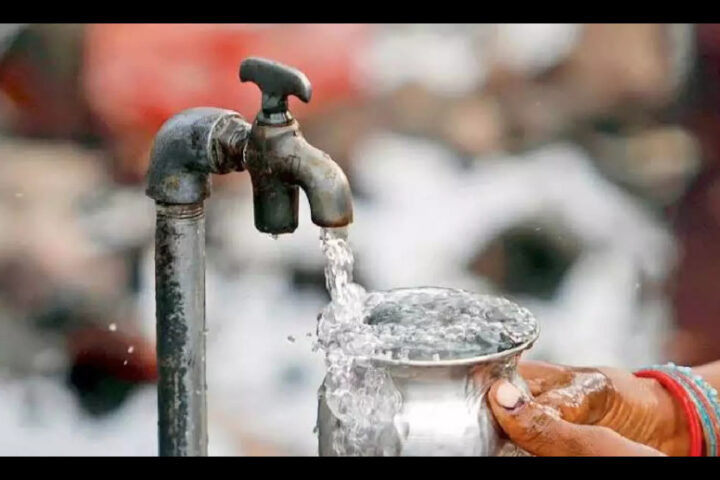
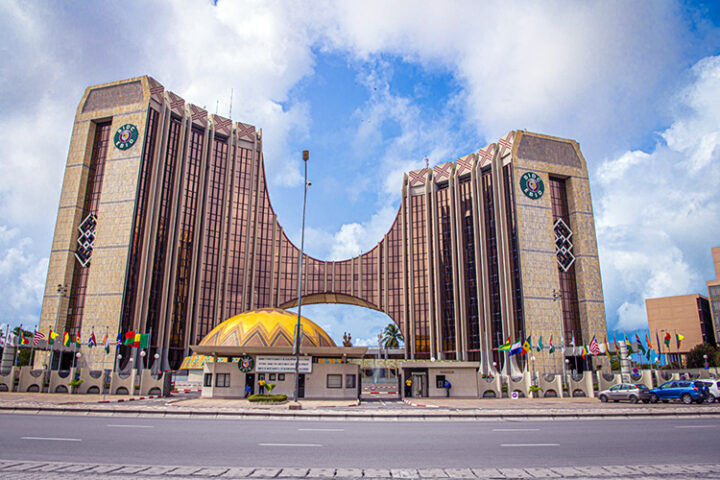
.jpg)
